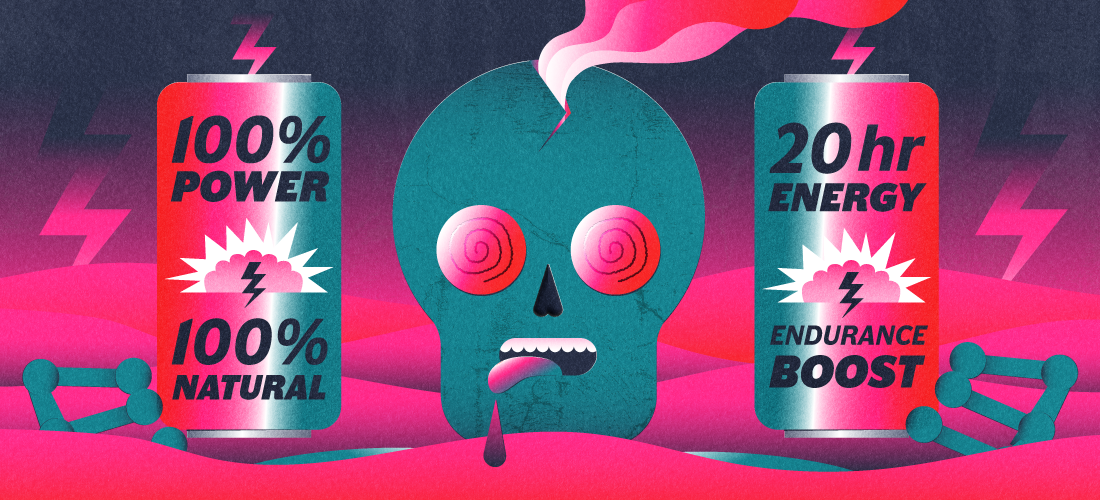
The worldwide energy drink industry has exploded in the last decade, providing a sugary, performance-enhancing energy supplement with health risks to its growing consumer base.
The driving force of the energy drink market is young adults, who are consuming energy drinks for academic, athletic and leisure purposes. Such energy drinks are marketed to provide a boost of energy to aid in concentration, physical endurance, alertness and satisfaction.
Energy drinks first entered the scene as an energy-boosting beverage with many beneficial properties.
However, energy drinks have taken on a colourful reputation as the industry has feet in many doors. Advertised as both a dietary supplement and energy booster, the product is able to serve an expansive base of consumers.
Energy drinks help fuel individuals for various reasons, from sports performance to late-night sessions where you’re hitting the books or your PlayStation. Despite their widespread use, there is disproportionate empirical evidence on either side of the debate.
Do energy drinks actually improve performance?
The short answer is yes.
To start, the mechanisms of energy drinks are akin to a cup of coffee. The caffeine in energy drinks is a stimulant, meaning that it generates activity in both the brain and nervous system. By blocking the adenosine receptors — where adenosine usually binds to promote sleep — caffeine temporarily halts the production of sleep-inducing hormones, allowing the brain and body to remain energized.
Where energy drinks differ from coffee is that their second core ingredient is sugar. While a typical energy drink contains the same amount of caffeine as a cup of coffee, it contains an additional dozen teaspoons of added sugar.
The caffeine from an energy drink enters the bloodstream within ten minutes of consumption and peaks through the next 15-45 minutes. In this time, the properties of these beverages increase heart rate and blood pressure.
However, the initial caffeine rush also sharpens the mind and aids in performance. The consumer has more endurance, concentration, improved reaction time and overall alertness and concentration during this time period.
By the end of the hour, the sugar crash begins and energy levels and alertness decrease.
In a short time, the body begins to tolerate the high levels of caffeine and withdrawal symptoms can set in within a 24-hour period.
With both caffeine and sugar addictions, withdrawal can cause bouts of headaches, fatigue, irritability, irritability, and abdominal and muscle discomfort. These factors hinder academic and athletic performance.
Although energy drinks biologically aid in short-term performance, they present many drawbacks.
The regular consumption of energy drinks can result in poor mental and physical health due to the excessive amounts of caffeine and sugar. These negative health outcomes can span from headaches and anxiety, to seizures and cardiac arrest.
Though young adults dominate the energy drink market, energy drinks are accessible to any affording customer regardless of age. Furthermore, energy drink consumers can purchase the beverages for a number of reasons. Whether it’s to mix them with alcohol, to stay awake to study or for exercise, the energy drink market is ever-expanding but all serving the same purpose of boosted energy and enhanced concentration.
And like energy drinks’ main demographic, the industry and science remains relatively young. The long-term impacts of energy drinks have only just started revealing themselves. Because of their proven benefits to performance and drawbacks such as heightened anxiety and fatigue, energy drinks remain a double-edged sword.
While energy drinks are efficient in enhancing physical and mental performances, a reliance and habit of energy drink consumption may be unsustainable in the long run.
—
Rayyann Haque | Staff Writer
Graphic: Jaymie Stachyruk | Graphics Editor